Are you successful? Do you feel successful? Are the peoplearound you successful? If surrounding oneself with success improvesone’s chances of success, then perhaps the folks atGOBankingRates.com are on to something.
|Related: Developing good habits early trumps urge to make'want' decisions
|GOBankingRates.com wondered whether a“successful” state is considered so because of how its governmentis run and the economy's performance, or because of howfinancially successful its residentsmay be.
|Related: 10 states where $100 goes further
|And, curious as ever, they decided to run the numbers, includingboth those factors, to see which of the 50 states and the Districtof Columbia would be judged most and least successful.
|They ranked states by seven factors:
- |
Average income of the top 1 percent
Average income of the bottom 99 percent
Poverty rates
Percentage of the population in the upper, middle and lowerclass
Number of millionaire households.
Ratio of millionaires to total households.
Number of billionaires.
If you’re interested in seeing how your state stacks up,successwise, compared with the top 10, just read on:
||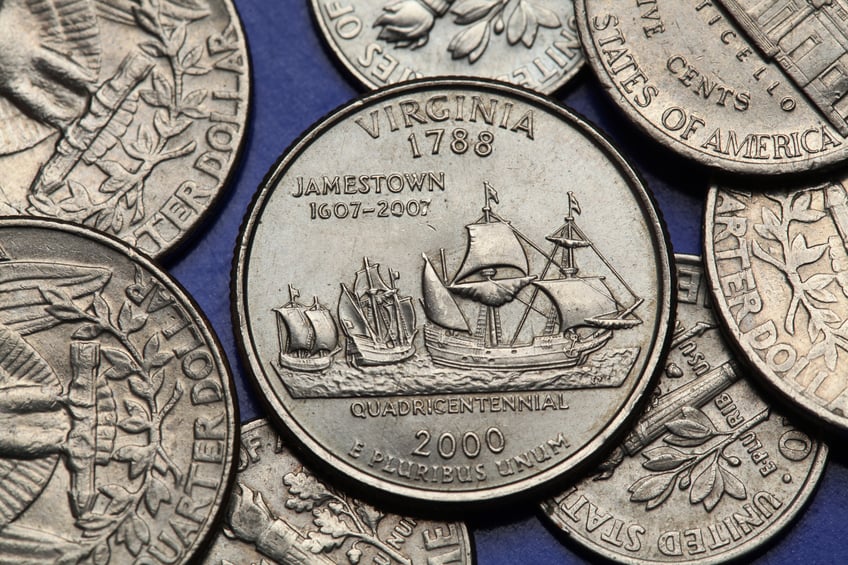
Virginia's poverty rate is relatively low. (Photo:iStock)
|10. Virginia
Average income of top 1 percent: $987,607.
|Average income of bottom 99 percent: $55,743.
|Number of millionaire households: 208,187.
|Ratio of millionaires to total households: 6.64 percent.
|Number of billionaires: 5.
|Population in upper class: 26 percent.
|Population in middle class: 51 percent.
|Population in lower class: 24 percent.
|Overall poverty rate: 11.8.
|With the eighth highest number of millionaire households in thecountry, Virginia also has one of the highest percentages ofupper-class residents.
|Its poverty rate is one of the lowest in the nation, too — anindicator of success.
||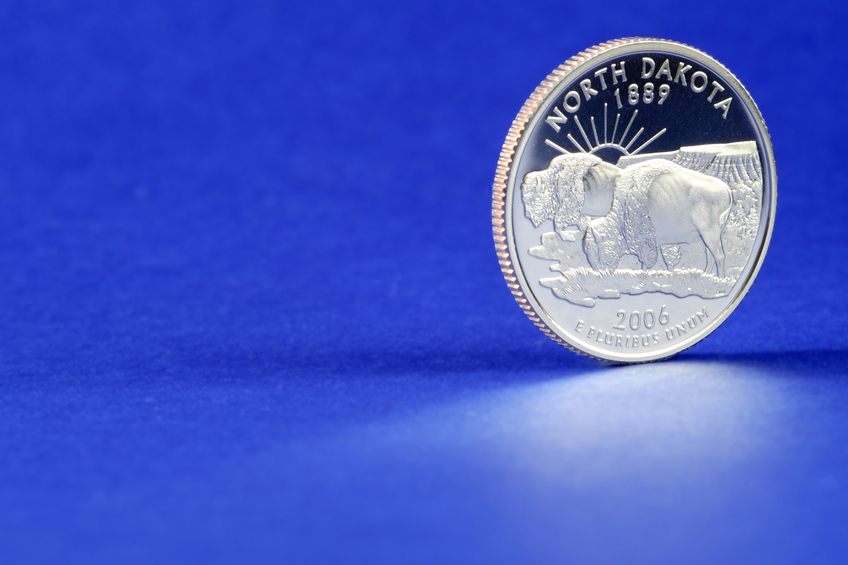
Sparsely populated North Dakota has 13,494 millionairehouseholds. (Photo: iStock)
|9. North Dakota
Average income of top 1 percent: $1.28 million.
|Average income of bottom 99 percent: $61,178.
|Number of millionaire households: 13,494.
|Ratio of millionaires to total households: 4.59 percent.
|Number of billionaires: 0.
|Population in upper class: 25 percent.
|Population in middle class: 56 percent.
|Population in lower class: 19 percent.
|Overall poverty rate: 11.5.
|While only Wyoming has fewer millionaire households, the averageincome of the bottom 99 percent in North Dakota is higher than inWyoming — and most of the other states, too.
|North Dakota also has the smallest percentage of its populationin the lower class among all states.
||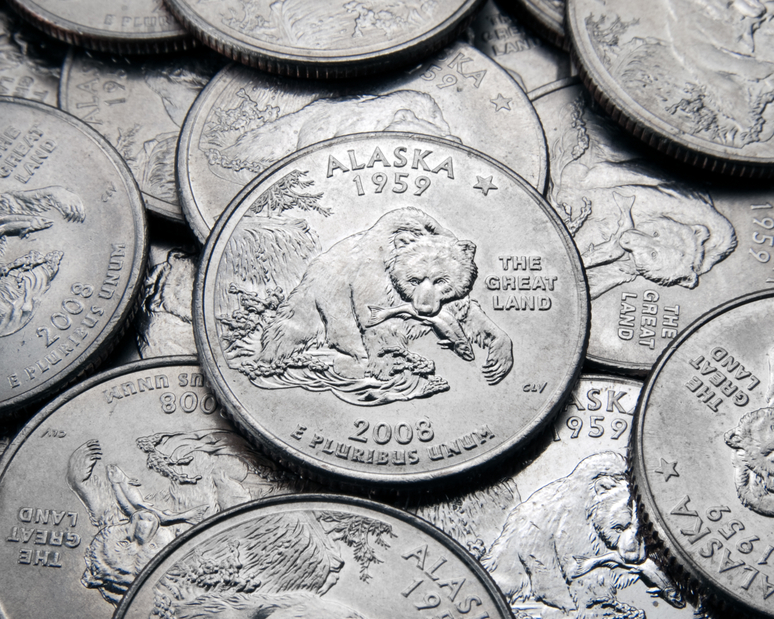
The average income of Alaska's 99 percent is one of thehighest in the U.S. (Photo: iStock)
|8. Alaska
Average income of top 1 percent: $833,117.
|Average income of bottom 99 percent: $63,226.
|Number of millionaire households: 18,209.
|Ratio of millionaires to total households: 6.75 percent.
|Number of billionaires: 0.
|Population in upper class: 25 percent.
|Population in middle class: 53 percent.
|Population in lower class: 22 percent.
|Overall poverty rate: 11.2.
|While it doesn’t have as many millionaire households as moststates, the ratio of millionaires to total households is one of thehighest in the country.
|In addition, the average income of the bottom 99 percent is oneof the highest in the U.S., boosting the Last Frontier’s overallstandings.
||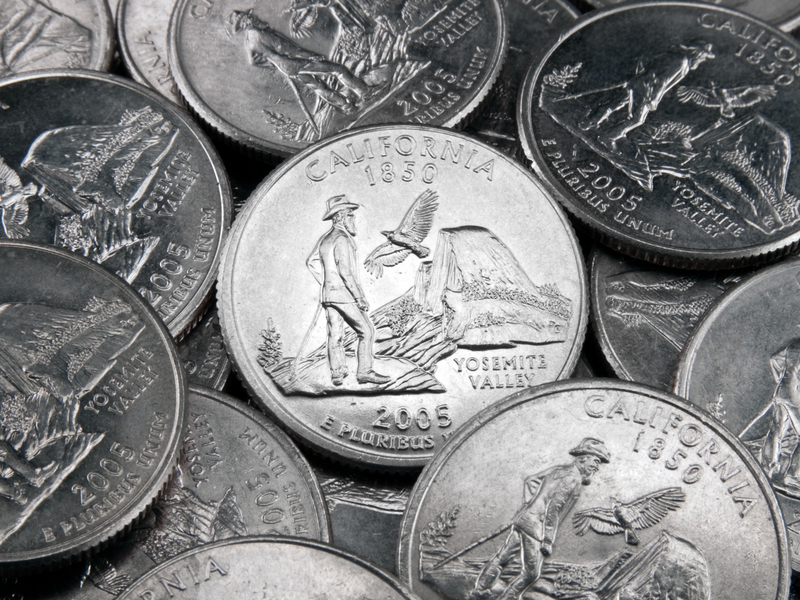
California boasts more millionaire households than the totalnumber of households in the state of Wyoming, which has 225,514,according to the U.S. Census. (Photo: iStock)
|7. California
Average income of top 1 percent: $1.41 million.
|Average income of bottom 99 percent: $48,899.
|Number of millionaire households: 777,624.
|Ratio of millionaires to total households: 6.04 percent.
|Number of billionaires: 124.
|Population in upper class: 19 percent.
|Population in middle class: 48 percent.
|Population in lower class: 33 percent.
|Overall poverty rate: 16.4.
|It would be surprising if the home of Silicon Valleydidn’t have the highest number of millionaire householdsand billionaires.
|But of course it does, although the fact that it has a muchhigher percentage of its population in the lower class than the topfive successful states drags it down. In fact, only two states havea larger percentage of their population in the lower class:Mississippi and New Mexico.
||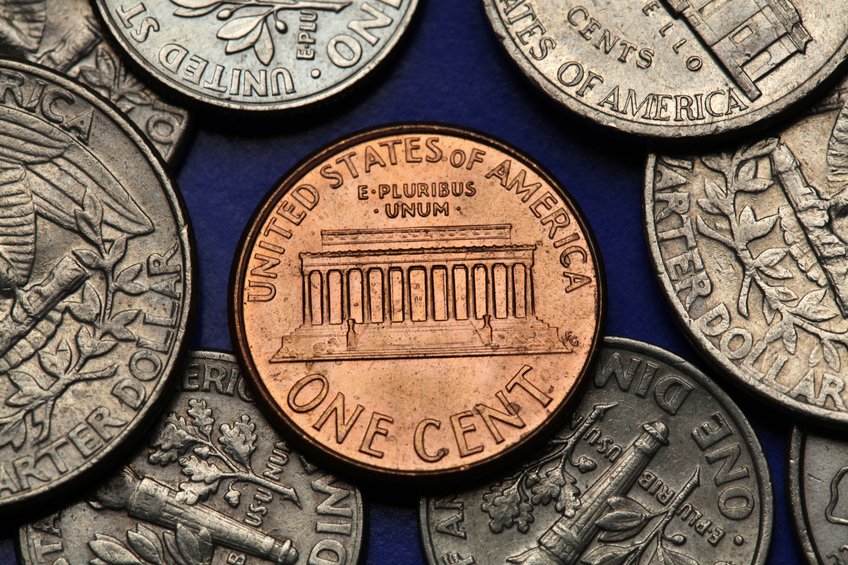
The average income of the 1 percent in Washington, D.C., isamong the highest in the country. (Photo: iStock)
|6. Washington, D.C.
Average income of top 1 percent: $1.53 million.
|Average income of bottom 99 percent: $63,100.
|Number of millionaire households: 17,378.
|Ratio of millionaires to total households: 6.10 percent.
|Number of billionaires: N/A.
|Population in upper class: 34 percent.
|Population in middle class: 40 percent.
|Population in lower class: 27 percent.
|Overall poverty rate: 17.7.
|It’s to be expected that the District would finish up near thetop, considering how many governmental and diplomatic luminarieslive here. It’s also not surprising that the average income of the1 percent is among the highest in the country, and that thepercentage of its population in the upper class is the highest inthe country.
|But according to a 2015 Washington Post report, its boomingeconomy is slowing — so if you’re aiming for successfulsurroundings, just keep that in mind.
||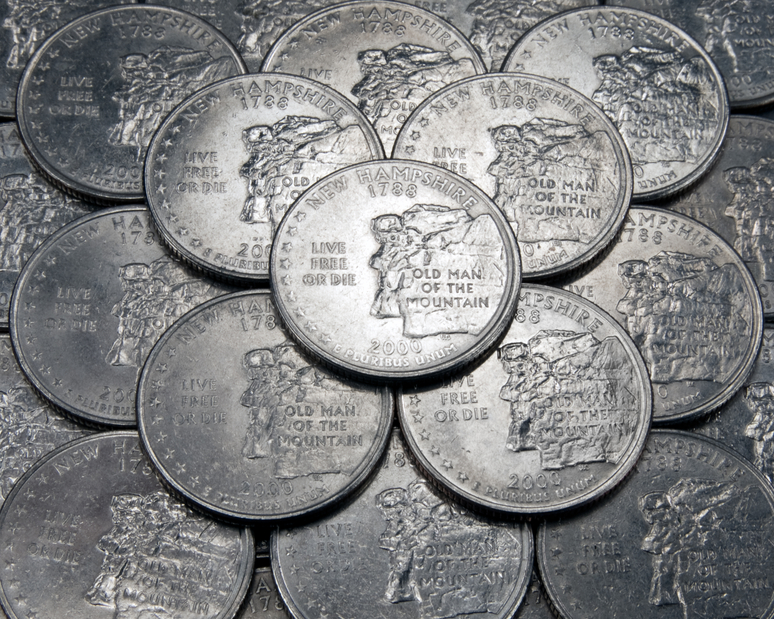
New Hampshire boasts one billionaire. Oh well. (Photo:iStock)
|5. New Hampshire
Average income of top 1 percent: $1.01 million.
|Average income of bottom 99 percent: $56,475.
|Number of millionaire households: 33,867.
|Ratio of millionaires to total households: 6.48 percent.
|Number of billionaires: 1.
|Population in upper class: 23 percent.
|Population in middle class: 57 percent.
|Population in lower class: 20 percent.
|Overall poverty rate: 9.2.
|Just one billionaire here, but that doesn’t mean the state isn’tdoing well for itself. It has one of the highest ratios ofmillionaires to overall households in the country.
|Add to that the fact that the state has the lowest overallpoverty rate in the U.S. and the Granite State is looking prettyrock solid.
||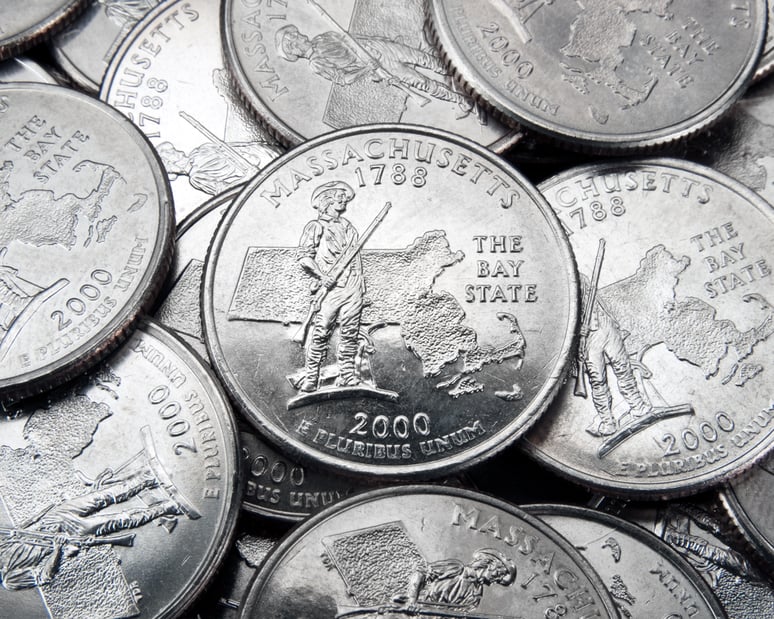
There’s greater income inequality in Massachusetts than inmost states. (Photo: iStock)
|4. Massachusetts
Average income of top 1 percent: $1.69 million.
|Average income of bottom 99 percent: $56,115.
|Number of millionaire households: 174,225.
|Ratio of millionaires to total households: 6.73 percent.
|Number of billionaires: 10.
|Population in upper class: 28 percent.
|Population in middle class: 49 percent.
|Population in lower class: 23 percent.
|Overall poverty rate: 11.6.
|Massachusetts not only boasts the 10th highest number ofmillionaire households, its wealthiest woman is FidelityInvestments CEO Abigail Johnson, according to Forbes.
|But there’s greater income inequality here than in most states,according to the Center on Budget and Policy Priorities. But theincome level of the bottom 99 percent is still higher than in moststates, and it has the second-highest percentage of its populationin the upper class in the country.
||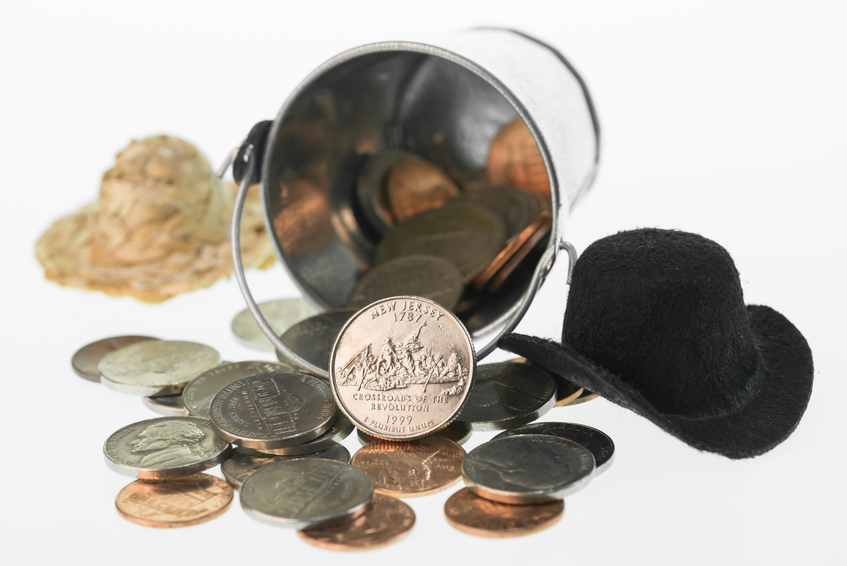
A tip of the hat to New Jersey, which has a higher ratio ofmillionaires to total number of households than most states.(Photo: iStock)
|3. New Jersey
Average income of top 1 percent: $1.45 million.
|Average income of bottom 99 percent: $57,447.
|Number of millionaire households: 242,647.
|Ratio of millionaires to total households: 7.49 percent.
|Number of billionaires: 8.
|Population in upper class: 25 percent.
|Population in middle class: 51 percent.
|Population in lower class: 25 percent.
|Overall poverty rate: 11.1
|Although it only has a little more than half as many millionairehouseholds as neighboring New York, New Jersey isn’t doing toobadly for itself. It has a higher ratio of millionaires to totalnumber of households — the second highest in the country, infact.
|And the 1 percent here are doing pretty well for themselves inaverage income: sixth from the top in the country.
||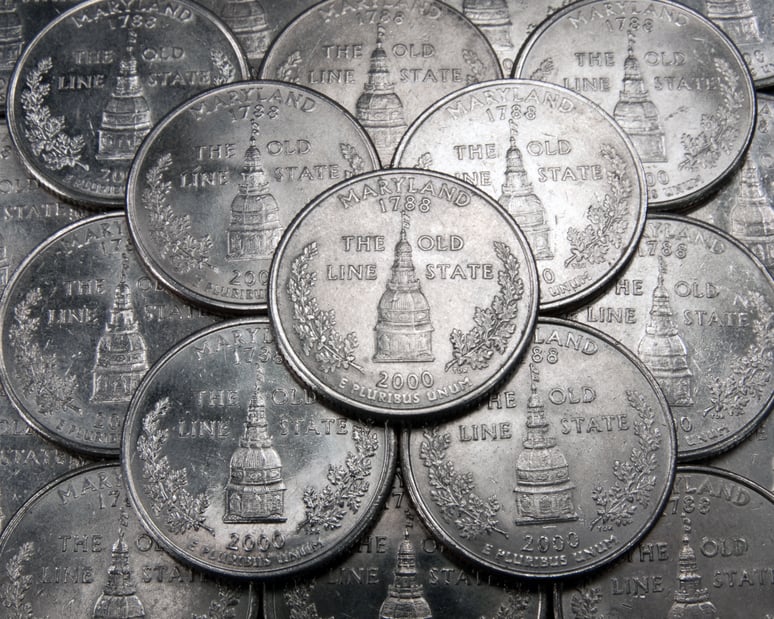
The millionaire-to-total-household ratio is the highest inMaryland. (Photo: iStock)
|2. Maryland
Average income of top 1 percent: $1.02 million.
|Average income of bottom 99 percent: $60,172.
|Number of millionaire households: 169,287.
|Ratio of millionaires to total households: 7.70 percent.
|Number of billionaires: 8.
|Population in upper class: 26 percent.
|Population in middle class: 52 percent.
|Population in lower class: 22 percent.
|Overall poverty rate: 10.1.
|The millionaire-to-total-household ratio is the highest inMaryland than anywhere else in the country.
|Low-income folks make up a relatively small proportion of thestate’s population, too, while the average income of the 99 percentis one of the highest nationally.
||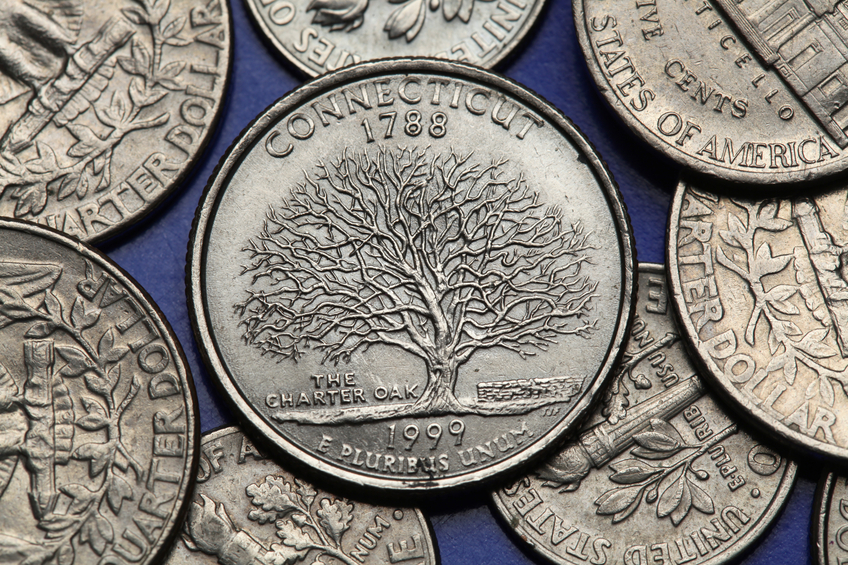
Connecticut has the highest ratio of millionaires to totalhouseholds, although its bottom 99 percent are doing pretty well,too. (Photo: iStock)
|1. Connecticut
Average income of top 1 percent: $2.4 million.
|Average income of bottom 99 percent: $56,445.
|Number of millionaire households: 100,754.
|Ratio of millionaires to total households: 7.32 percent.
|Number of billionaires: 12.
|Population in upper class: 27 percent.
|Population in middle class: 50 percent.
|Population in lower class: 23 percent.
|Overall poverty rate: 10.8.
|If you’re looking for successful surroundings, look no furtherthan the Nutmeg State. Not only is the average income of the 1percent the highest here, but the state also has the highest ratioof millionaires to total households. “In fact,” saidGOBankingRates, “southwestern Connecticut is commonly known as thegold coast because such a large percentage of the population thereis wealthy.”
|And the bottom 99 percent? Not doing all that badly either —their average incomes are higher than the incomes in moststates.
Complete your profile to continue reading and get FREE access to BenefitsPRO, part of your ALM digital membership.
Your access to unlimited BenefitsPRO content isn’t changing.
Once you are an ALM digital member, you’ll receive:
- Critical BenefitsPRO information including cutting edge post-reform success strategies, access to educational webcasts and videos, resources from industry leaders, and informative Newsletters.
- Exclusive discounts on ALM, BenefitsPRO magazine and BenefitsPRO.com events
- Access to other award-winning ALM websites including ThinkAdvisor.com and Law.com
Already have an account? Sign In
© 2024 ALM Global, LLC, All Rights Reserved. Request academic re-use from www.copyright.com. All other uses, submit a request to [email protected]. For more information visit Asset & Logo Licensing.








